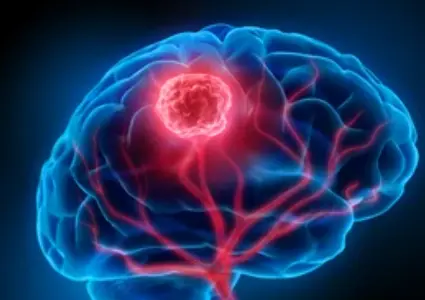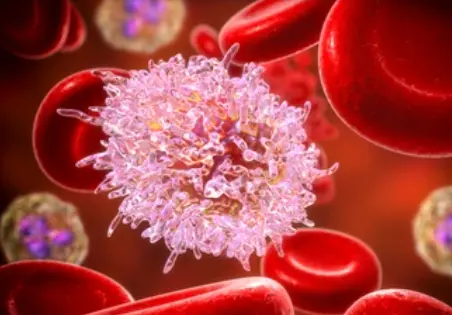 Welcome
Welcome
“May all be happy, may all be healed, may all be at peace and may no one ever suffer."
Hyperkeratotic - Generics
Hyperkeratotic refers to a condition in which the outer layer of skin (epidermis) becomes thickened due to an excessive accumulation of keratin, a protein that makes up the skin, hair, and nails. This can result in dry, scaly patches or plaques on the skin that may be rough, thickened, or discolored.
Hyperkeratosis can be caused by a variety of factors, including genetic conditions, infections, environmental factors, and underlying medical conditions. Some common examples of hyperkeratotic skin conditions include psoriasis, eczema, calluses, corns, and warts.
Treatment for hyperkeratotic skin conditions may depend on the underlying cause and severity of the condition. Topical creams and ointments containing keratolytic agents, such as salicylic acid, urea, or lactic acid, can help to soften and remove the thickened skin. Other treatments may include cryotherapy, laser therapy, or surgical removal of the affected skin.
Prevention of hyperkeratotic skin conditions may include practicing good skin hygiene, avoiding repetitive trauma or pressure on the skin, and wearing appropriate footwear to prevent friction and pressure on the feet. It is important to consult a healthcare provider for an accurate diagnosis and treatment plan for hyperkeratotic skin conditions.

Premature labour

Tinea (pityriasis) Versic...

Tumor lysis syndrome

Acute Lymphocytic Leukemi...

Biliary dyskinesia

Scalp and non-scalp psori...

Hyperaldosteronism

Poison ivy
Hyperkeratotic, হাইপারকারেটোটিক
To be happy, beautiful, healthy, wealthy, hale and long-lived stay with DM3S.